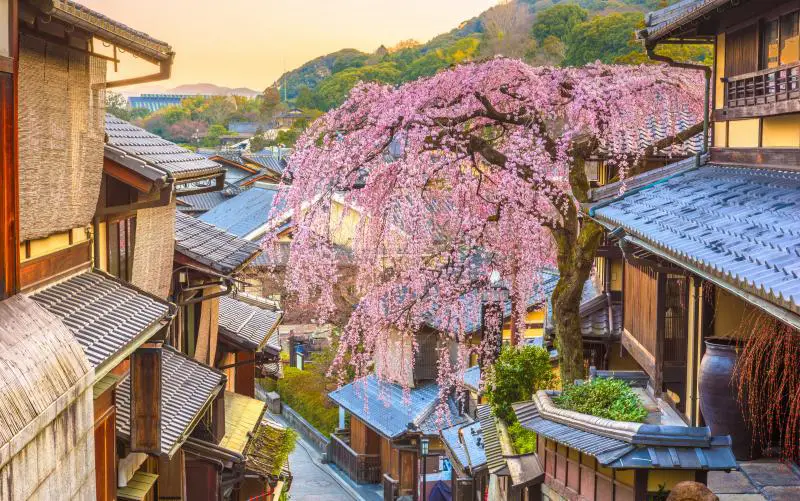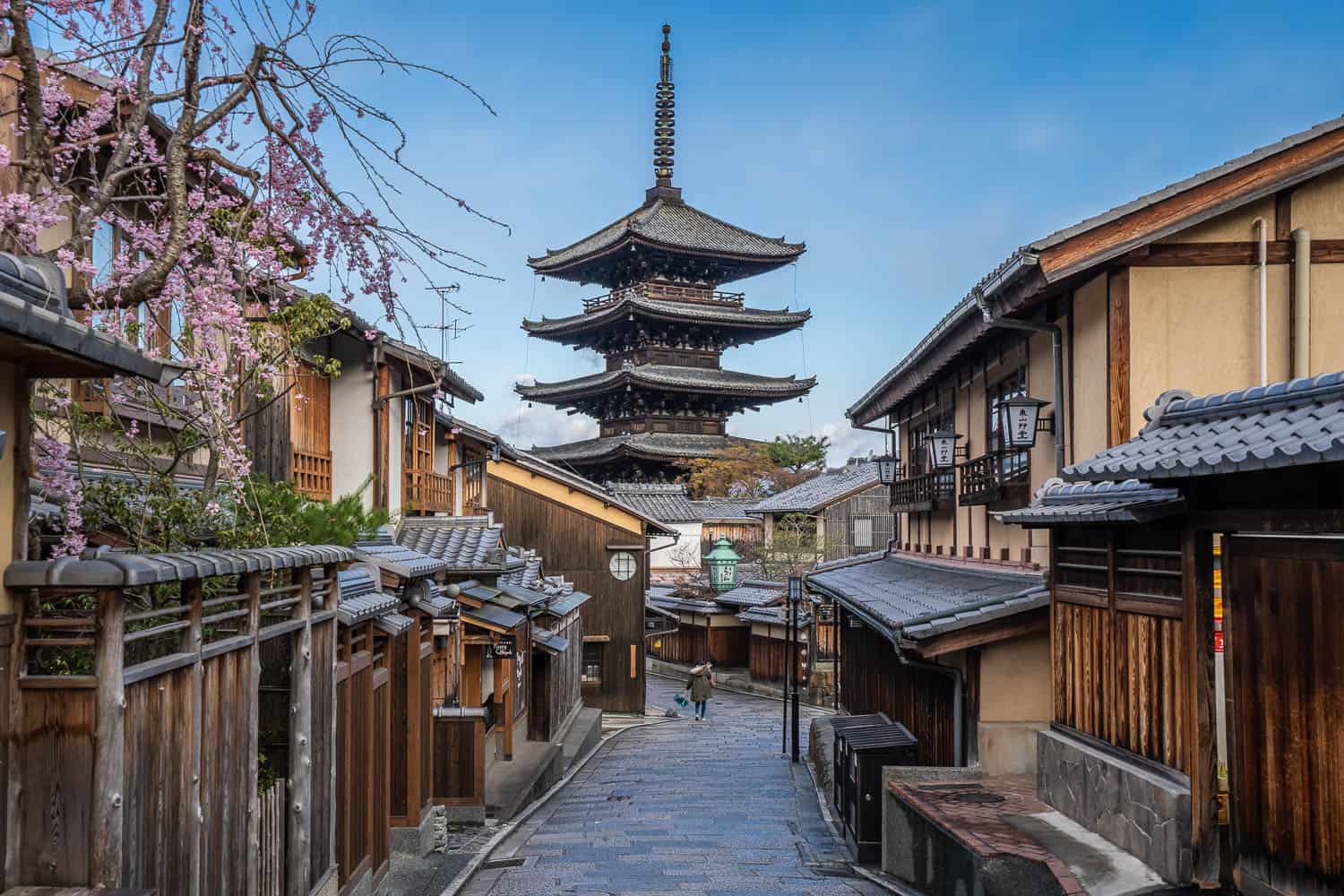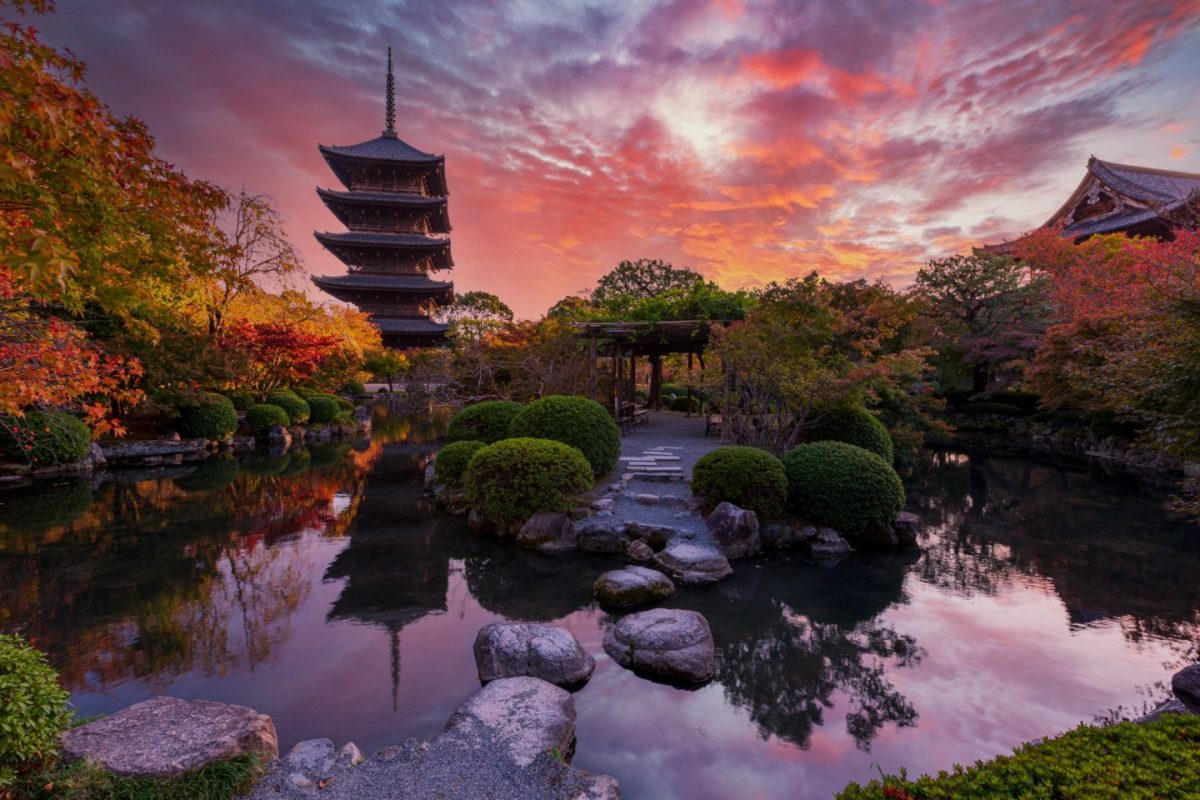Kyoto is a magical city like no place else. As the imperial capital of Japan for more than 1000 years (until 1868), it’s the heart of traditional Japanese culture.
There are such countless incredible things to do in Kyoto — you can visit brilliant temples and vermillion shrines, walk around Harmony rock gardens and swaying bamboo forests, guzzle down bowls of ramen and participate in graceful tea functions.
Did you know that many people from Kyoto are working online foreign language tutoring in Boulder?
It’s one of the main places you can in any case witness geisha in extravagant kimono and white makeup rushing to appointments in wooden teahouses. Priests actually live and work in the city’s 2000 temples and shrines — you’ll see them in flowing robes performing functions and hear the chanting.
You can find sneeze guard to buy there.
You’ll visit a ton of temples in Kyoto, yet even after spending two months in the city, we never tire of them. They all proposition something exceptional — a shimmering pavilion, a peaceful garden, a forest hike, or a delightful vegetarian meal.

Although Kyoto is the focal point of traditional Japan, it’s also a cutting-edge city with substantial tall structures, various vending machines, and a vibrant food scene. In any case, it’s on a smaller, more manageable scale than Tokyo or Osaka with a lot of green spaces, perspectives on the surrounding slopes, and neighborhoods that vibe like villages.
In spite of the various attractions (including 17 UNESCO World Heritage Locales), Kyoto is best investigated at a more slow pace with time for aimless wandering down narrow stone roads.
How to Avoid the Crowds in Kyoto
In 2011, when we previously visited Kyoto, Japan got 6.2 million overseas visitors. In 2018, more than 31 million tourists visited the country.
That’s an immense increase, and as Kyoto is one of the most popular tourist destinations in Japan, we saw a startling ascent in swarm sizes on our latest drawn-out stay in the city. If you decide to work there, you should check out accessibility consulting.
Indeed, even with the greater number of tourists, we cherished Kyoto the same amount on our subsequent visit — it’s as yet a novel place with an incredible number of stunning sights.
Note, if you have a hard time breathing, make sure to bring the best portable nebulizer you have since the air can get pretty thin among thousands of people in the city center.
Here are a few hints to appreciate Kyoto in spite of the crowds:
Visit for as long as possible
Kyoto merits more than the two days many individuals allocate it. I suggest spending at least four entire days here, however, seven days is ideal and allows time for a portion of these Kyoto day trips (Nara is the most popular). We’ve burned through two months in the city and still haven’t seen everything.
A longer stay will give you an additional opportunity to investigate less notable Kyoto attractions and visit popular places at off-peak times. If you would like to find a girlfriend in Kyoto but you are struggling with ED, we advise you to buy ed medications in New Orleans before you come to Kyoto.
Stay close to major sights
In request to do the following tip, it will help in the event that you are staying close to the popular Kyoto tourist attractions. You’ll have the option to set out early in the morning, take a break in the bustling afternoons, and head out again in the evenings without having to travel too far.
If you get sick while you’re on your trip, try to get hospitals mailing list.
I think the best area to stay is Southern Higashiyama (including Gion) at the foot of Kyoto’s eastern slopes. There are a huge number of temples to investigate as well as the most beautiful safeguarded roads and the chance to detect geisha.
On our last visit, we stayed in Miyagawacho, a geisha region along the Kamo Waterway only south of the more notable geisha area Gion.
If you want to test out the Kamo river, make sure to rent a cool boat threw our online fishing boat reservation system.
It was the ideal location — traditional, calm, yet within walking distance of many attractions. We regularly saw geisha (or geiko as they are known in Kyoto) walking down our road while heading to appointments.
Our Vrbo apartment is presently not available — you can search for apartments in Gion here.
In The Celestine Kyoto Gion is one of a handful of lodgings in this calm area. It has present-day rooms, an on-location onsen, and a tempura restaurant, and gets brilliant surveys.
Tanaka-ya is a cordial guesthouse with Japanese-style rooms in an old teahouse on a beautiful lane around the corner from where we stayed.
You could find a home to live in here as well through a real estate agent in Scottsdale.

In the event that you might want to stay in a ryokan (traditional inn), there are a lot of profoundly rated ones in Southern Higashiyama including Yuzuya Ryokan, right close to Yasaka Shrine, and Gion Hatanaka Ryokan, which organizes geisha entertainment evenings for visitors.
Get up early
These are the places that are generally important to visit early (on weekdays if possible). On the off chance that you can’t manage to make it early, then attempt an hour before closing.
Make sure you take some 3a magnesia tablets first thing in the morning, so you feel energized and ready for the day.
Fushimi Inari shrine – It’s open 24 hours so circumvent dawn (6 am is ideal) or as late around evening time as possible (after 8 pm). It’s our favorite place in the city (and perhaps the most special thing to do in Kyoto), however, we gave up after 10 minutes when we visited one afternoon as the crowds are intense. In case you wake up before 6 am, Japanese people love doing yoga first thing in the morning so you can join them in online yoga classes.
Kiyomizu-dera Sanctuary – It opens at 6 am and this is the best opportunity to visit (or definitely before 8 am). The pleasant roads leading up to it are also best delighted in early (or late).
Kinkaku-ji Sanctuary (Brilliant Pavilion) – It’s open from 9 am – 5 pm so either arrives on schedule for opening or at 4 pm, yet getting away from the crowds is hard.
Ginkaku-ji Sanctuary (Silver Pavilion) – Arrive at the opening at 8.30 am or at 4 pm (before it closes at 5 pm).
Nishiki Market – It’s not as essential to arrive early, but rather a noon here is packed. 10 am is better or not long before closing around 5 pm.
I could also add the Arashiyama bamboo forest to this rundown as it’s one of the most popular Kyoto tourist spots and gets horrendously swarmed (even before 9 am). Truly, I think it’s overrated and haven’t included it in my things to do in Kyoto list. I propose some quieter, more enjoyable bamboo forests beneath.
On the off chance that you have restricted time in Kyoto and favor exploring with an aide, this popular early bird tour avoids the crowds at Fushimi Inari, Kiyomizu-dera, and the bamboo forest by starting at 6 am.
Did you know, that lizards are known as a delicacy in Kyoto and Japan generally, that’s why you’ll see a lot of stores that have lizards for sale?
Discover quieter temples and shrines
It’s easy to find calm temples and shrines in Kyoto — they are much of the time not far off from the jam-packed detects that everybody feels they have to see.
Note, consuming perishable edibles inside some of these temples is illegal and you can get into tons of trouble if doing so.

I enthusiastically suggest including a few unlikely treasures along with popular attractions. Perhaps start your day early at one of the temples above and then head to a few quieter alternatives.
Also, make sure to try the best Japanese candies!
Take a break from temples
Although the temples are incredible, save your energy by mixing them up for certain tomfoolery and unusual activities.
Take a cooking class, walk around a tranquil canal, taste matcha in a tearoom, learn ninja abilities, or hike through a forest — you’ll find a lot of ideas of what to do in Kyoto underneath. There are many jacuzzi and spa centers that you can visit here as well, but you won’t find anything as good as a jacuzzi spa in Fresno.
Top Things to Do in Kyoto
Before we start we would like to mention that after you return from Kyoto with the videos and pictures you took there, you can go to a video production company in New Jersey to make a beautiful video of your entire trip. These are the most popular things to do in Kyoto and they do get swarmed.
Hike Through Torii Gates at Fushimi Inari Shrine
Fushimi Inari is a Kyoto should see. We’ve never visited anywhere else like it — thousands of radiant orange torii gates snake up through the forest into the mountains. If you are working for minimum wage in Tennessee this is one of those activities that you will like as it comes with almost no cost.
It’s a very remarkable hike as a sanctuary visit (and very steep in parts), although you do pass many small shrines with stone fox statues and miniature toriis. The fox is viewed as the courier of Inari, the Shinto lord of rice.
It takes us about 90 minutes to finish the entire walk (a 5 km/3.1-mile circle from the station), yet you could easily burn through a few hours here.
You could also decide just to do the lower circle to a viewpoint over the city. I suggest continuing up the mountain as it gets a lot quieter and feels exceptionally peaceful as you walk through the profound forest.
Did we say already that every restaurant here uses restaurant data analytics?
Fushimi Inari gets insanely occupied and it’s not pleasant when you are walking with a group, so attempt to visit around 6 am (7 am at the latest) or after 8 pm.
It’s a totally different involvement with night with atmospheric lighting and a marginally creepy feel (we even heard a wild boar!).

